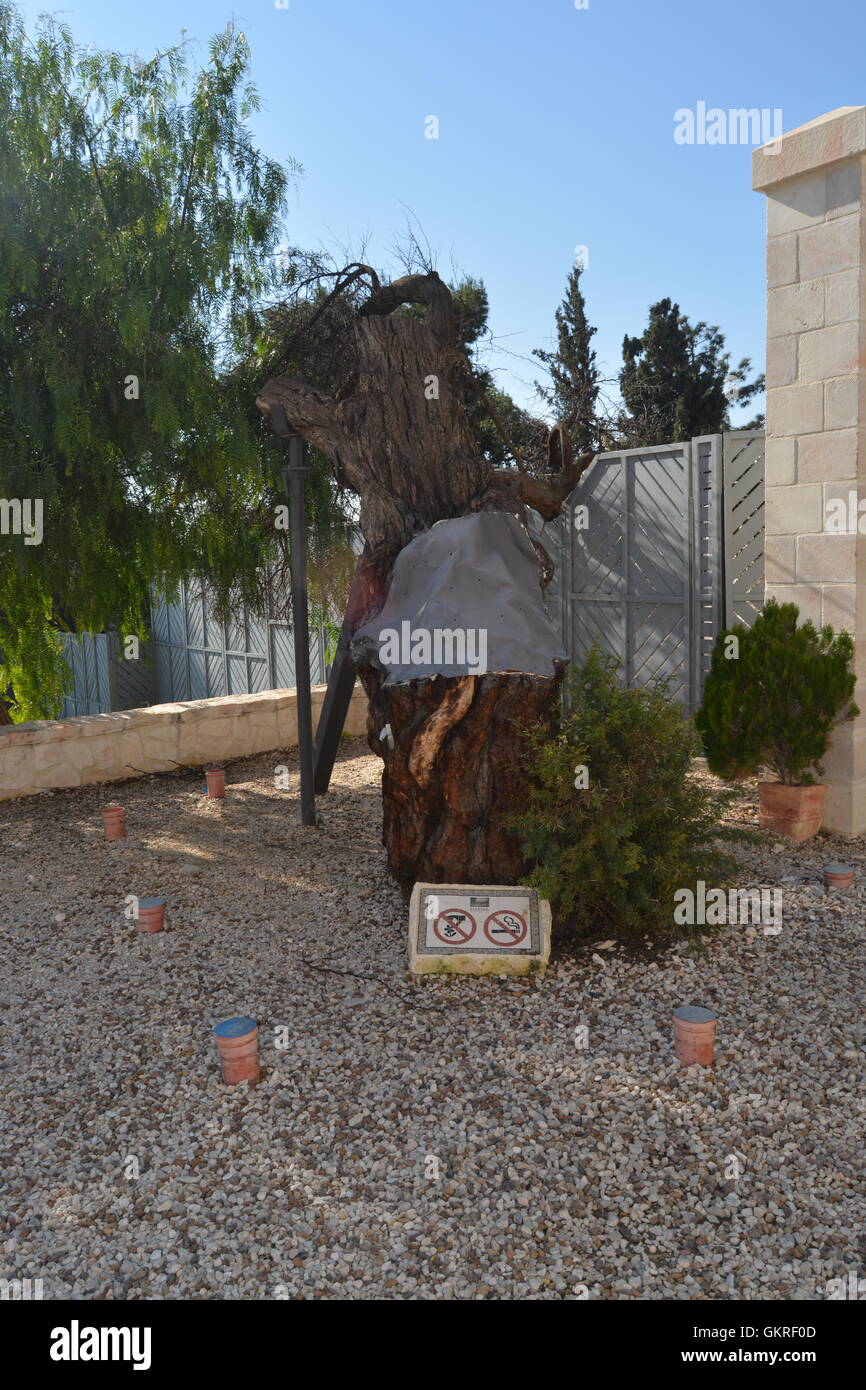Church of the Pater Noster, Mount of Olives, Jerusalem, Israel

Image details
Contributor:
Church of the Pater Noster / Alamy Stock PhotoImage ID:
GKRF0DFile size:
68.7 MB (3 MB Compressed download)Releases:
Model - no | Property - noDo I need a release?Dimensions:
4000 x 6000 px | 33.9 x 50.8 cm | 13.3 x 20 inches | 300dpiDate taken:
January 2015Location:
Mount of Olives, Jerusalem, IsraelMore information:
The Church of the Pater Noster, also known as the Sanctuary of the Eleona (French: Domaine de L'Eleona), is a partially reconstructed Roman Catholic church located on the Mount of Olives, north of the Tombs of the Prophets, in Jerusalem. It stands on the traditional site of Christ's teaching of the Lord's Prayer. (Luke 11:2-4). Today, the land on which the church stands formally belongs to France The modern church is built on the site of a fourth-century basilica designed by Constantine I to commemorate the Ascension of Jesus Christ. It was built under the direction of Constantine's mother Helena in the early 4th century, who named it the Church of the Disciples. The pilgrim Egeria was the first to refer to it as the church of the Eleona, meaning olive grove in the late 4th century. The church is mentioned by the Bordeaux pilgrim in the Itinerarium Burdigalense circa 333, and the historian Eusebius of Caesarea recounts that Constantine constructed a church over a cave on the Mount of Olives that had been linked with the Ascension.[1] The 2nd century Acts of John mention the existence of a cave on the Mount of Olives associated with the teachings of Jesus, but not specifically the Lord's Prayer. The church survived intact until it was destroyed by Persians in 614. The memory of Jesus' teaching remained associated with this site, and during the crusades it became exclusively associated with the teaching of the Lord's Prayer. Christian crusaders constructed a small oratory amid the ruins in 1106, and a full church was constructed in 1152 thanks to funds donated by the Bishop of Denmark, who is buried inside the church. The crusader era church was heavily damaged during the Siege of Jerusalem in 1187, eventually being abandoned and falling into ruin in 1345. In 1851 the remaining stones of the 4th-century church were sold for tombstones in the Valley of Jehoshaphat. The site was acquired by Princess Aurelia Bossi de la Tour d'Auvergne in the late 19th century and a sea